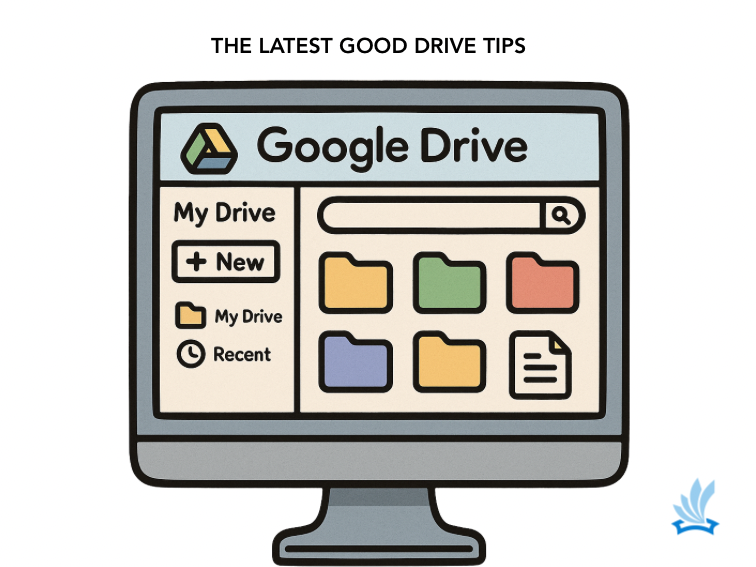More than a decade ago, teachers were just beginning to explore the power of Google’s free tools for classroom productivity. What started as Google Apps for Education— a simple set of tools like Gmail, Docs, and Drive — has grown into a full learning ecosystem now known as Google Workspace for Education.
From Google Apps to Workspace
Google rebranded its education suite twice: first as G Suite for Education in 2016 and again in 2021 as Google Workspace for Education. The new name reflects how tightly integrated the tools are—Docs, Slides, Sheets, Meet, and Classroom are no longer standalone applications, but part of a connected workspace that supports teaching, learning, and school operations.
Google has also introduced multiple account levels to better suit the needs of different schools:
- Basics of education – The free version for schools, including essential tools like Classroom, Meet, Drive and Gmail.
- Educational standard – Adds advanced security and reporting tools for IT and administrators.
- Enhancing teaching and learning – Extends video conferencing features, engagement tools, and scoring.
- Education a plus – The complete package with additional storage, analytics and integrations.
How teachers use it in 2025
Today, Google Workspace for Education is used by hundreds of millions of students and teachers worldwide. Most classrooms rely on Google Classroom as a lightweight learning management system, but the real value of the platform is how everything connects. Teachers can assign work through Classroom, track submissions in Drive, meet with students in Google Meet, and provide instant feedback in Docs—all in one ecosystem.
For example:
- Teachers can create differentiated assignments and reuse materials across classes.
- Students can collaborate in real time on projects, presentations and research papers.
- Administrators and IT teams can manage security, data retention and accessibility from a single dashboard.
How it differs from traditional learning management systems
While Google Workspace isn’t a full LMS like Canvas or Schoology, it fills a similar role for millions of schools—especially those that value simplicity and cloud-based access. Its greatest strength is ease of use: teachers can start managing digital learning without needing a separate platform or a steep learning curve.
Many schools also combine Google Workspace with other tools such as edtech platformsartificial intelligence-driven learning systems or third-party applications integrated through the Google API ecosystem.
Privacy, security and fairness
Since 2014, Google has faced scrutiny over student data privacy. In response, the company now maintains FERPA and COPPA compliance, detailed transparency reports, and region-specific data policies. Workspace for Education accounts remain ad-free, and schools have more control over access, permissions and storage.
Google is also investing heavily in accessibility and equity features: built-in screen readers, live captioning in Meet, translation tools, and offline access—all of which are key for students in diverse or low-bandwidth environments.
Where is it headed
From 2025 the focus shifted to AI-enhanced performance and adaptive learning. Google’s Help Me Write and Help Me Organize features in Docs and Sheets are being rolled out to Education accounts, allowing teachers to automate repetitive tasks like creating rubrics or grading comments. AI-assisted translation and personalized feedback are also in pilot testing.

